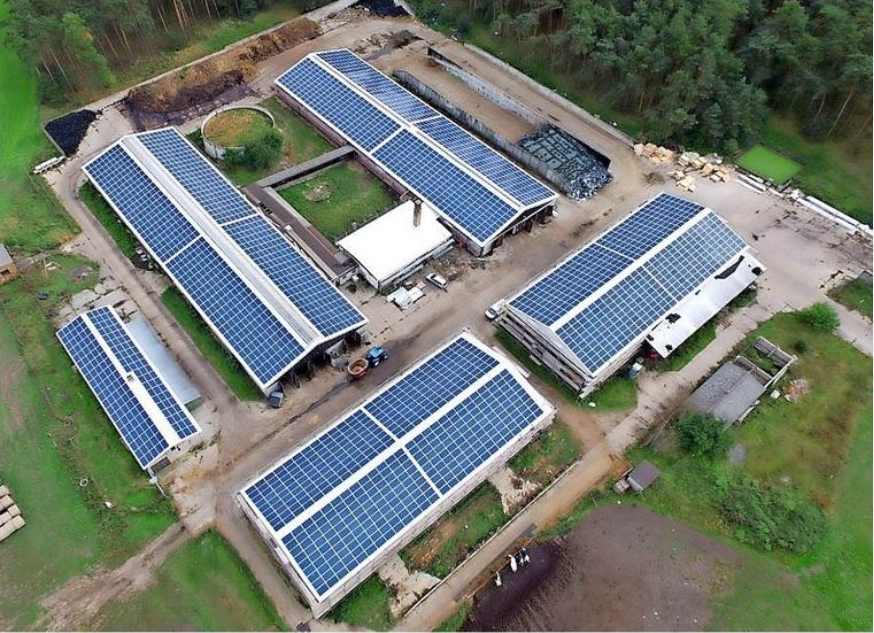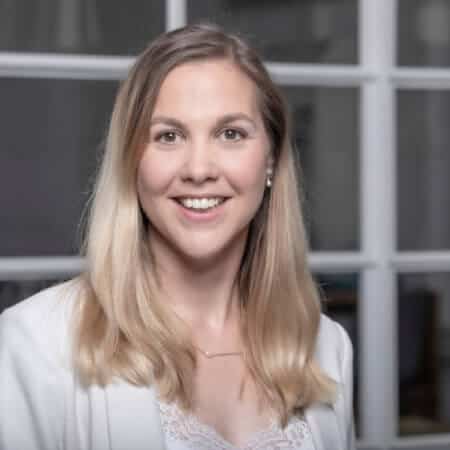
The Fiener Agrargenossenensschaft already generates solar power on the roofs of the dairy farm near Bücknitz.
On roofs, fallow land and ruins: the Ziesar agricultural cooperative invests in solar power
There is no longer any money to be made with milk and cereals alone. Many farmers have long since jumped into the alternative energy business. The agricultural cooperative Ziesar is also following this trend.
Ziesar. The prices for milk and grain hat hit rock-bottom, whilst production is becoming more and more expensive. “Something has to happen. If agriculture is to have a future, new sources of income are needed. Business with electricity is one possibility, ”says Elard von Gottberg with a view to the challenge that the Fiener Agrargenossenschaft is also facing. For the chairman of the board, the change from a farmer to an energy farmer has already begun. Solar power is generated on many renovated stable roofs. The modules take up around 20,000 square meters. The amount of energy generated would be enough to supply over 4,000 households. But that is only the beginning.
Three areas in the planning
After the rooftop installations, the agricultural cooperative wants to plan and implement three rather smaller open-space systems together with the project developers from securenergy solutions AG. Together, the parks cover around eight hectares. Two areas are located near the dairy cattle facility near Bücknitz and south of the motorway, on two previously agriculturally used areas which, with ground points of 15 to 25, do not bring any significant crop yield. A third location is on the site of the former pig stalls on the western outskirts of Ziesar. “The superstructures are ruinous and have degenerated into a blot in the landscape. That should change with an over-planning of the area,”reports agricultural director Gottberg.
The partners want to jointly develop three solar parks at Ziesar. The site of the ruinous pig fattening facility is also being planned.
The political backing is given. Ziesar’s city council has approved the drawing up of development plans. «We are currently working on the preliminary drafts, which will then go into the first sponsorship participation.», Angelique Fröhlich, company spokeswoman for securenergy, announced to the MAZ. However, as a regional energy supplier, E.DIS AG has to expand its feed-in capacities. At least for the future solar field on the autobahn, a buyer has already been determined in the form of the energy supplier Avacon.
Estate Power Plant should come
Ziesar did not participate in the boom in large biogas plants. For agricultural boss Gottberg no cause for sadness. Because many thousands of biogas plants will reach the end of the 20-year subsidy under the Renewable Energy Sources Act (EEG) in the next few years. So far the economic perspective of such plants are missing. The agricultural cooperative is only planning a smaller 75 kW farm power plant at the location of the dairy cattle facility in order to generate biogas with liquid manure and solid manure. Around 450 dairy cows and their offspring produce large amounts of excretions every day, which the system will one day pay off by saving energy previously purchased.
In Elard von Gottberg’s opinion, the entry into alternative power generation without fossil fuels is becoming more and more important for the company’s own CO₂ balance and future subsidy policy: “We want to maintain dairy cattle production. And with it the livelihood for 28 full-time jobs. With the manure of every cow in a biogas plant, CO₂ emissions can be reduced, because biogas is the climate-neutral alternative to natural gas. » Positioning oneself more broadly is therefore an imperative. In contrast, labour productivity in the fields can hardly be increased. With working widths of 12.50 meters for threshing or 36 meters for crop protection, he no longer sees much room for development, says the farmer. In contrast, the agricultural cooperative is keeping 60 hectares open to invest in solar parks on its own land.
By Frank Bürstenbinder (Märkische Allgemeine Zeitung)
Source: Frank Bürstenbinder

Angelique Fröhlich
Corporate Communications


